One, included below, sees a woman ditching a feather fan for her smartphone and her high heels for running sneakers.
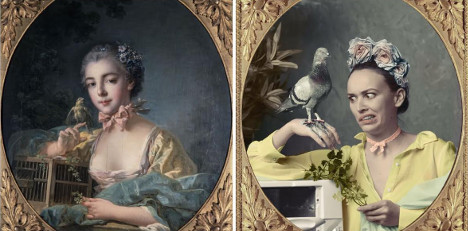
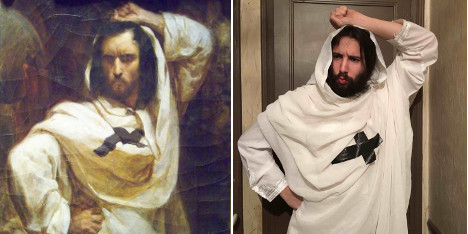
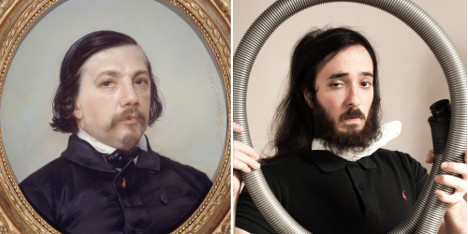
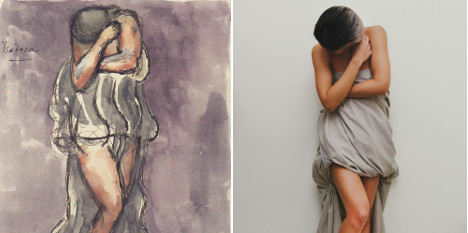
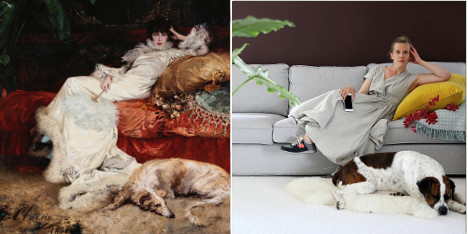
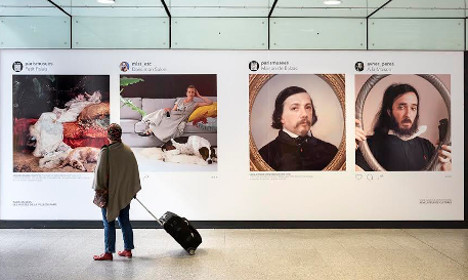
Instagrammers have reinterpreted iconic works from the municipal museums of Paris museums in a new exhibition, marking the launch of an online art platform.
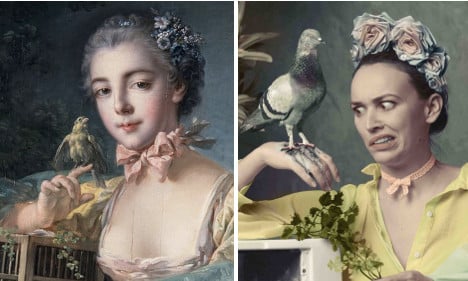






Member comments